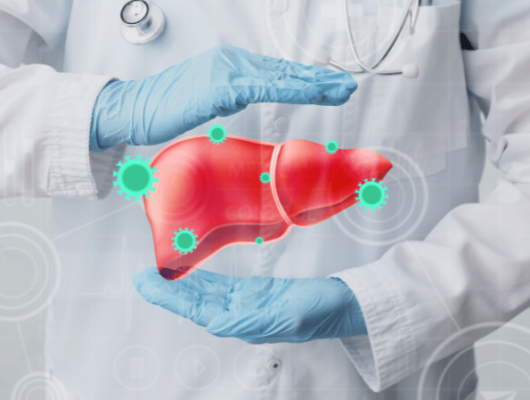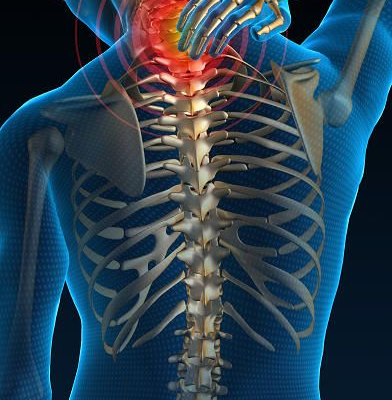Chronic pain following an episode of acute back pain is a multifaceted issue that affects millions of individuals worldwide. While acute back pain typically resolves within a few weeks with proper treatment and care, for some individuals, the pain persists, evolving into a chronic condition that significantly impacts their quality of life. In this comprehensive guide, we delve into the intricacies of chronic pain development following acute back pain, exploring its potential causes, risk factors, and management strategies.
Carisol 350mg takes centre stage in alleviating issues like low back pain due to strains, sprains, and other common muscle injuries. Its potent formulation that is Carisoprodol also known as the active ingredient, targets the root causes of pain, offering a comprehensive solution for individuals seeking respite from diverse musculoskeletal challenges.
The Transition from Acute to Chronic Pain
Acute back pain is characterized by sudden onset and typically lasts for a short duration, often resulting from injury, muscle strain, or poor posture. In most cases, acute back pain resolves on its own or with conservative treatments such as rest, physical therapy, and over-the-counter pain medications. However, for a subset of individuals, the pain persists beyond the expected recovery period, signaling the transition to chronic pain.
Factors Contributing to Chronic Pain Development
Several factors may contribute to the development of chronic pain following an episode of acute back pain:
- Biological Factors: Individuals with certain genetic predispositions or underlying health conditions may be more susceptible to chronic pain development.
- Psychological Factors: Psychological factors such as stress, anxiety, and depression can exacerbate pain perception and contribute to its chronicity.
- Behavioral Factors: Maladaptive behaviors such as avoiding physical activity due to fear of pain can perpetuate the pain cycle and lead to its chronic manifestation.
- Social Factors: Social support networks, socioeconomic status, and access to healthcare resources can influence pain management outcomes and the development of chronic pain.
Aspadol 150mg tablet is essentially an analgesic drug, an opioid pain medicine, that acts as a two-way drug, due to its dual mechanism of action: as a norepinephrine reuptake inhibitor (NRI), as well as an agonist of mu-opioid
Understanding Chronic Pain Mechanisms
Chronic pain is a complex phenomenon involving alterations in the nervous system and neuroplastic changes that affect pain perception and processing. In individuals with chronic back pain, structural abnormalities or tissue damage may no longer be the primary drivers of pain, as the condition becomes more influenced by central sensitization and neurogenic inflammation.
Central Sensitization
Central sensitization refers to the amplification of pain signals within the central nervous system, leading to heightened pain perception and hypersensitivity to stimuli. Prolonged nociceptive input from the affected area can trigger neuroplastic changes in the spinal cord and brain, enhancing pain transmission pathways and perpetuating the perception of pain even in the absence of ongoing tissue damage.
Neurogenic Inflammation
Neurogenic inflammation involves the release of inflammatory mediators from peripheral nerves, contributing to tissue inflammation and sensitizing pain receptors. In chronic back pain conditions, persistent nociceptive input can sustain neurogenic inflammation, further exacerbating pain and promoting its chronicity.
Pain o soma 350mg its potent muscle relaxant properties, it works swiftly to alleviate discomfort and restore flexibility, allowing you to get back to living life to the fullest. Say goodbye to muscle-related woes and embrace the comfort and relief offered by Pain O Soma 350mg.
Managing Chronic Pain After Acute Back Pain
Effectively managing chronic pain following an episode of acute back pain requires a comprehensive and multidisciplinary approach tailored to the individual’s specific needs and circumstances. Treatment modalities may include:
- Medications: Pharmacological interventions such as nonsteroidal anti-inflammatory drugs (NSAIDs), muscle relaxants, antidepressants, and anticonvulsants may help alleviate pain and improve function.
- Physical Therapy: Exercise programs, stretching techniques, and manual therapies administered by qualified physical therapists can promote pain relief, improve mobility, and prevent disability.
- Psychological Interventions: Cognitive-behavioral therapy (CBT), relaxation techniques, and mindfulness-based practices can address the psychological aspects of pain and enhance coping skills.
- Interventional Procedures: Invasive procedures such as epidural steroid injections, nerve blocks, and radiofrequency ablation may be considered for individuals with refractory pain unresponsive to conservative measures.
- Alternative Therapies: Modalities such as acupuncture, chiropractic care, and massage therapy may provide adjunctive benefits in pain management and symptom control.
Conclusion
Chronic pain following acute back pain is a complex and challenging condition that requires a holistic approach to management. By understanding the underlying mechanisms contributing to chronic pain development and implementing evidence-based treatment strategies, individuals affected by this condition can regain control of their lives and experience improved quality of life.








